Rural definitions
Rural origin and background
The RANZCP Board approved the definition of 'rural origin and background' in Australia and New Zealand:
Fellows and trainees prior to entering medical school in Australia, their home address was situated in the Modified Monash Model (MMM) classification system in areas classified as MM2 to 7 for a minimum of 5 years consecutive or 10 years cumulative.
Fellows and trainees prior to entering medical school in New Zealand, to be covered by the New Zealand Statistical Standard for Geographies Areas defining rurality and qualify for the New Zealand definition of Origin, members must be classified from one of these three sub-categories:
- Have undertaken a minimum of four years of their pre-tertiary education at a school in a rural area of New Zealand. or
- Have resided in a rural area of New Zealand for a minimum of four consecutive years following the completion of their secondary education. or
- Have undertaken a combination of pre-tertiary education at a school in a rural area of New Zealand and residence in a rural area of New Zealand, for a minimum of four consecutive years.
Rural Psychiatry Training Pathways
The RANZCP Board approved the definition of 'Rural Psychiatry Training Pathways' for Australia and New Zealand:
RANZCP Fellowship programs with coordinated networks whereby trainee psychiatrists must undertake greater than 50% of their training activities in rural locations, supported and coordinated by rural Directors of Training and additional training and educational support and activities to enhance the regional, rural and remote psychiatry workforce for Australia and New Zealand.
Rural
The RANZCP Board approved the definition of rural for Australia and New Zealand:
In Australia, the classification that applies is the Modified Monash Model (MMM) whether a location is a city, rural, remote or very remote. The model measures remoteness and population size on a scale of Modified Monash (MM) category MM 1 to MM 7. MM 1 is a major city and MM 7 is very remote. Rural locations are MM2 – 7.
In New Zealand, Current Statistics New Zealand urban-rural classifications Statistical Standard for Geographies Areas (SSGA18) was reviewed in 2018. The SSGA18 also includes the urban rural 2018 (UR2018) classification. The UR2018 classifies urban areas according to population size and density. Urban areas and rural settlements are named in the Categories of the UR2018 classification Statistical Standard for Geographic Areas 2018
- Urban Major urban area 100,000 or more
- Large urban area 30,000 – 99,999
- Medium urban area 10,000 – 29,999
- Small urban area 1,000 – 9,999
- Rural settlement - Represents a reasonably compact area with an estimated resident population 200-1,000 or at least 40 residential dwellings and containing at least one community building.
Recent research and reconsideration of what constitutes “rural” for the purposes of geographical classification for health (GCH) in Aotearoa New Zealand has further stratified areas into Urban (U1 and U2) and Rural (Rural 1 to Rural 3) based on drive time to closets major, large or small urban areas (Whitehead et al 2021).
The term “rural” is used by the RANZCP to include all regional, rural and remote locations.
